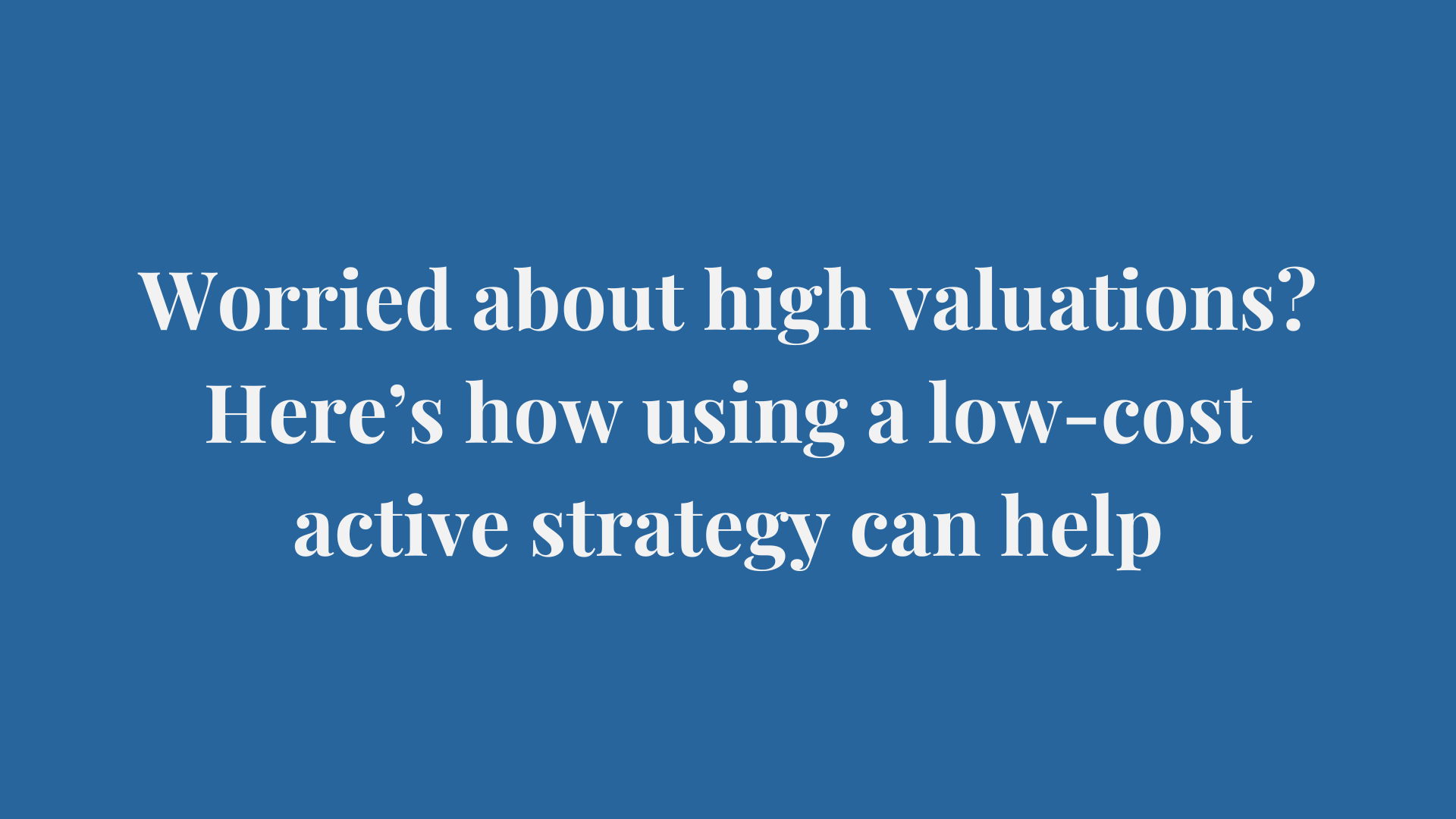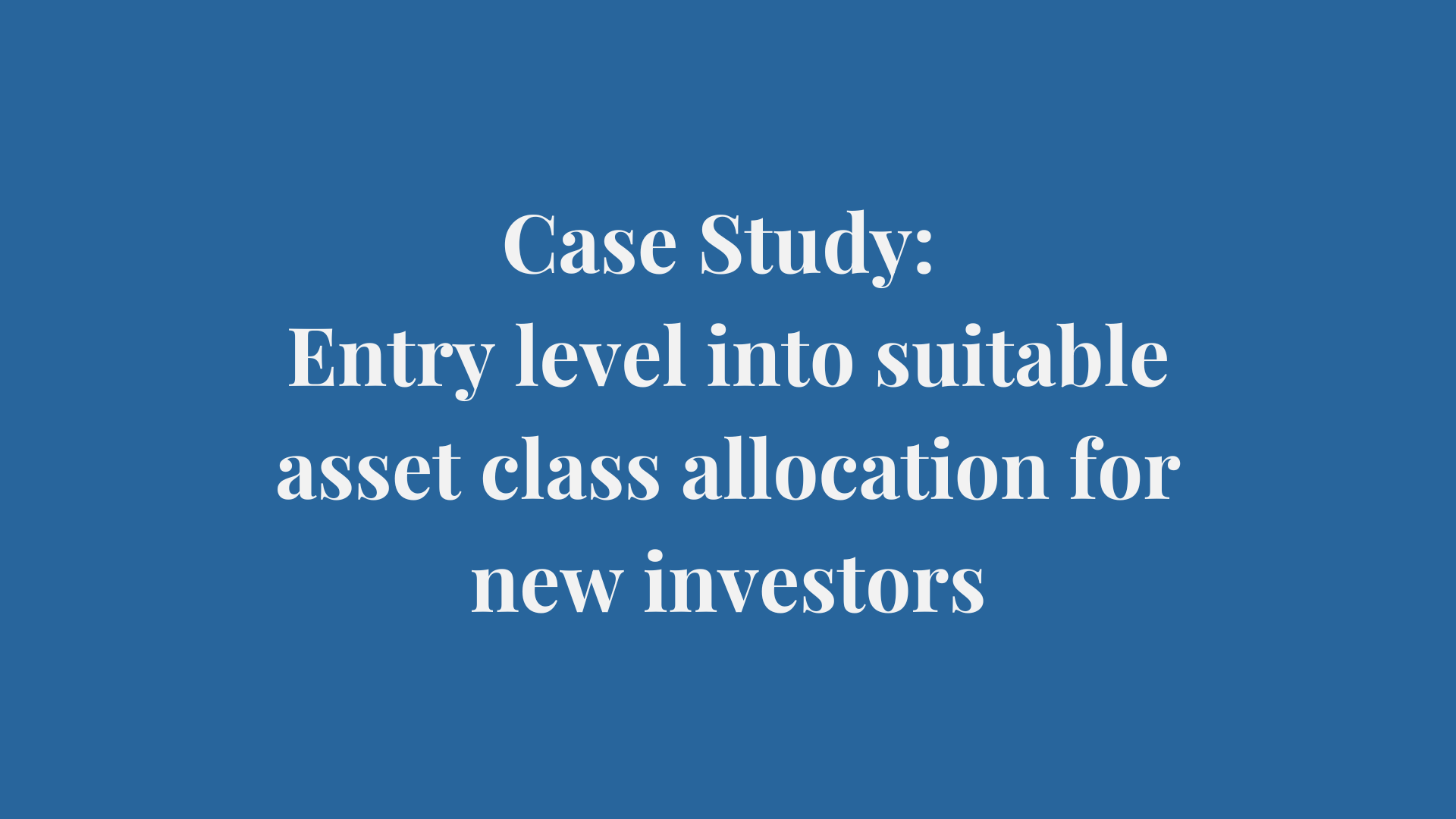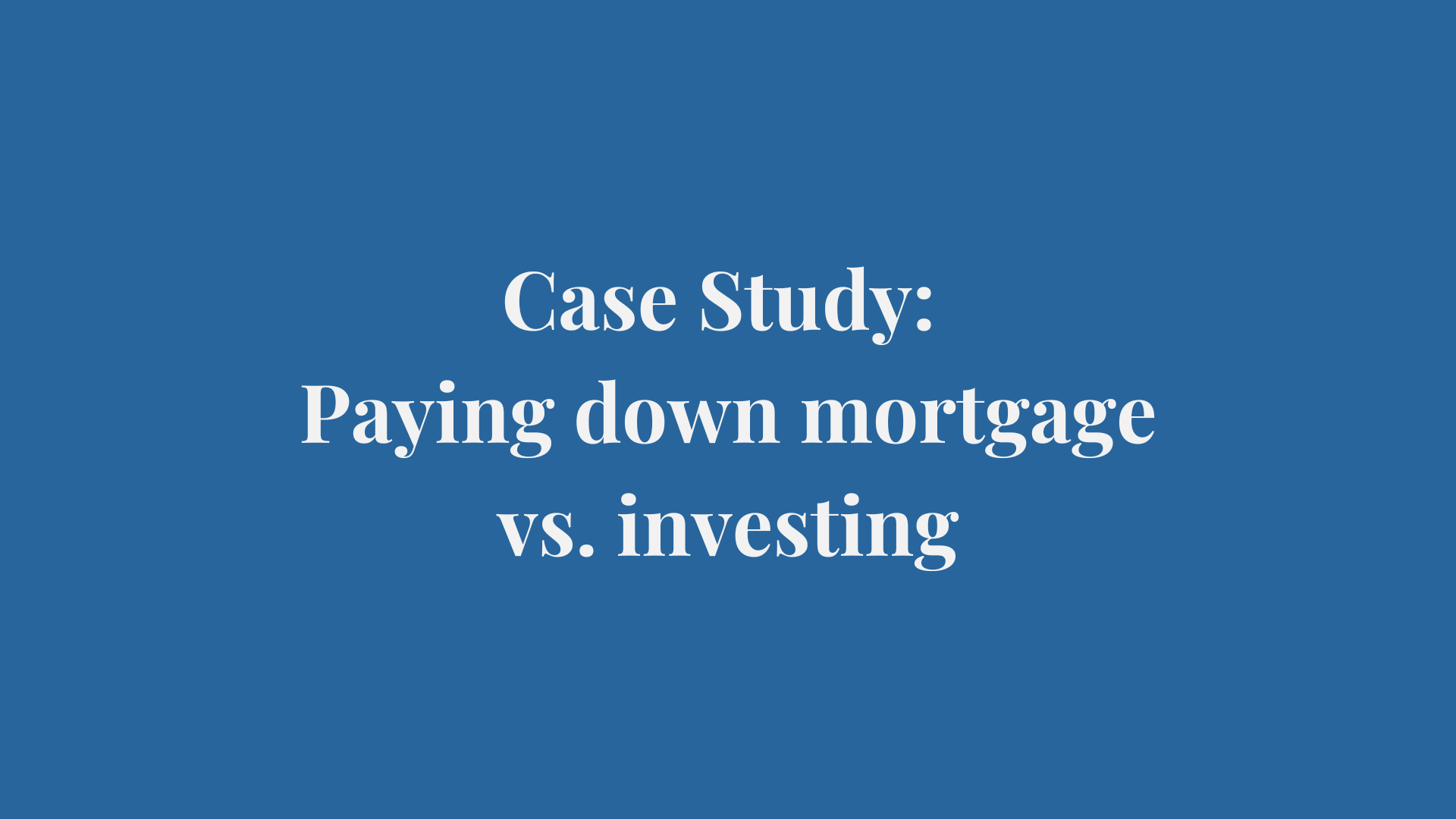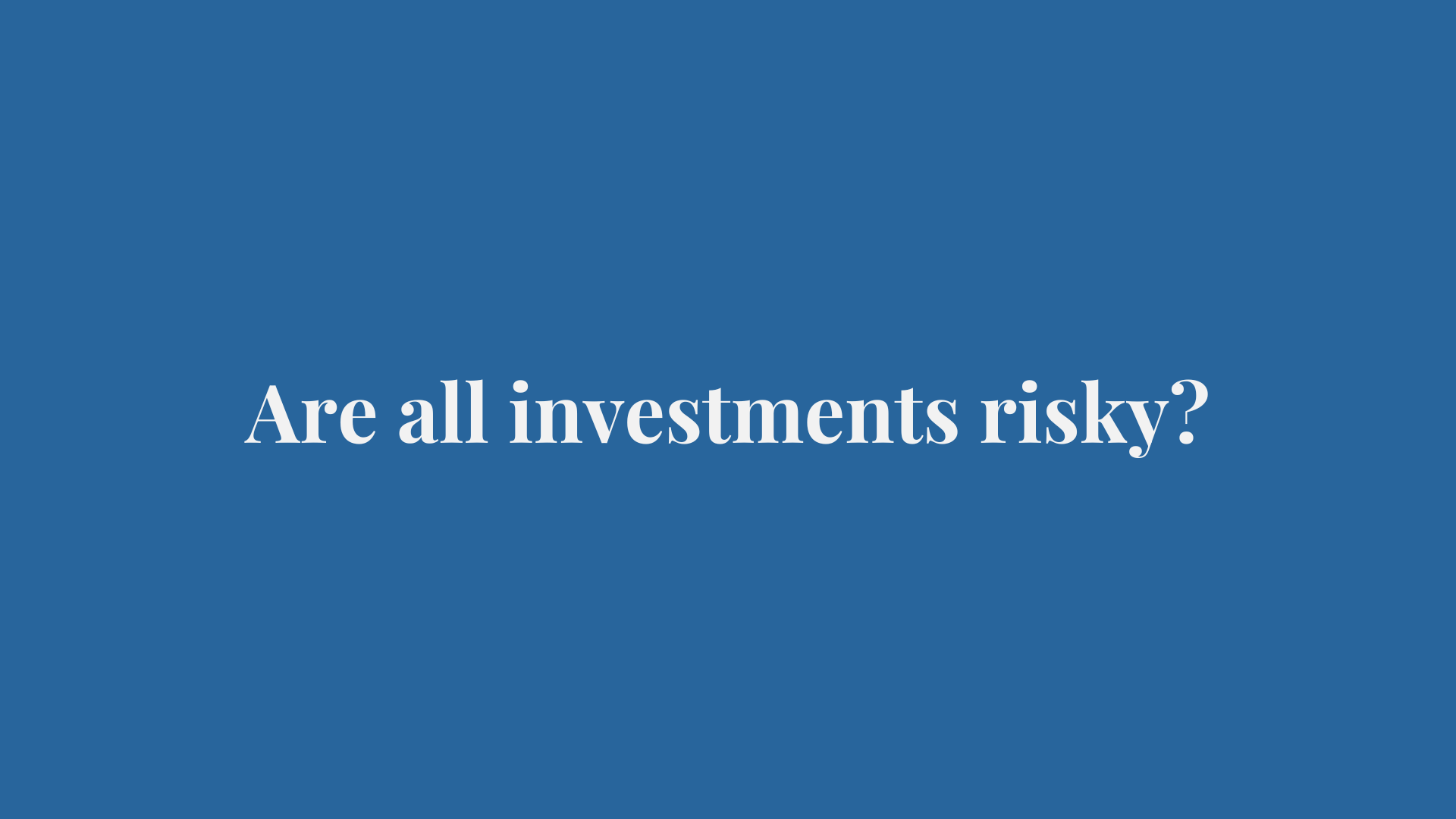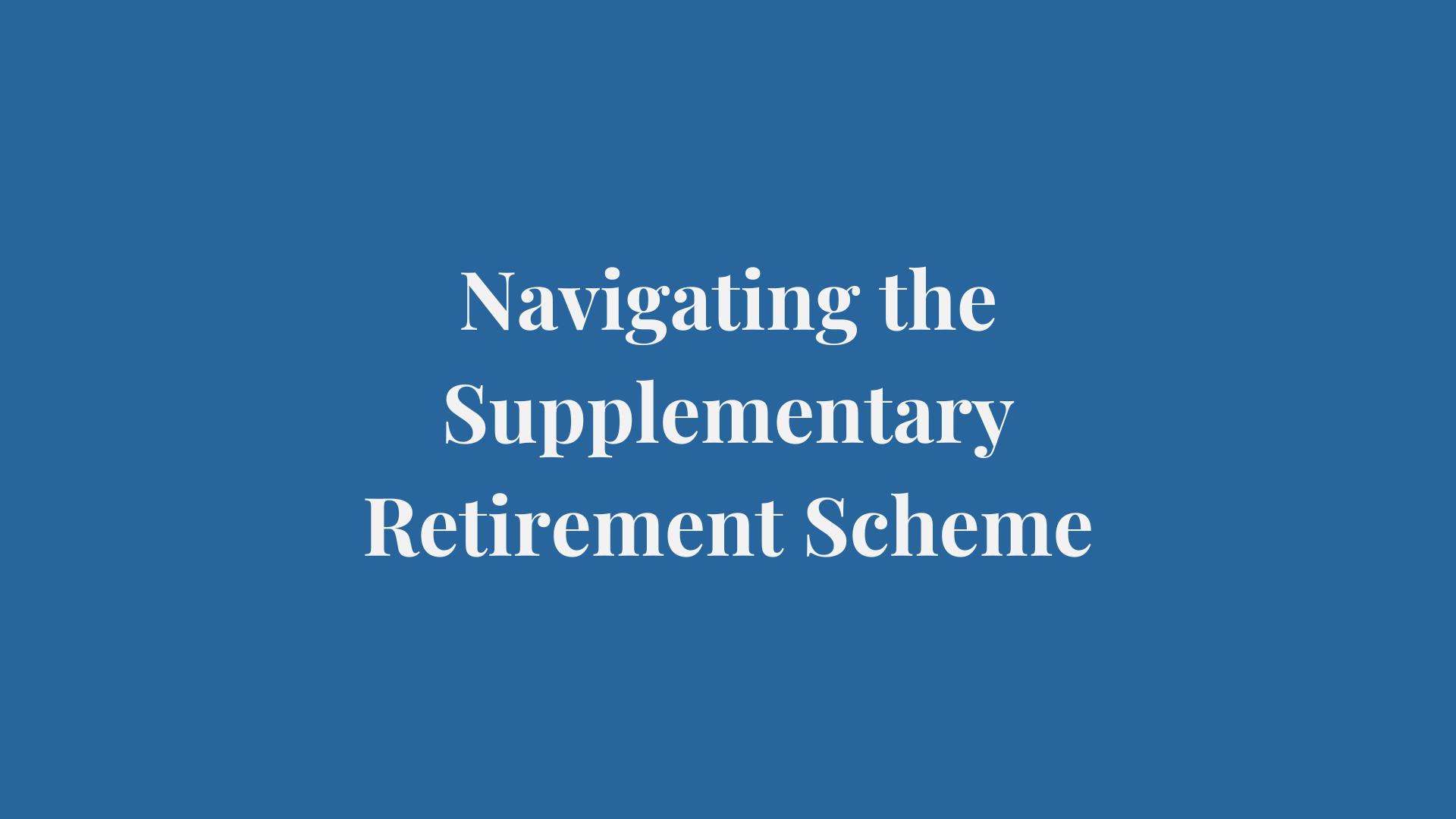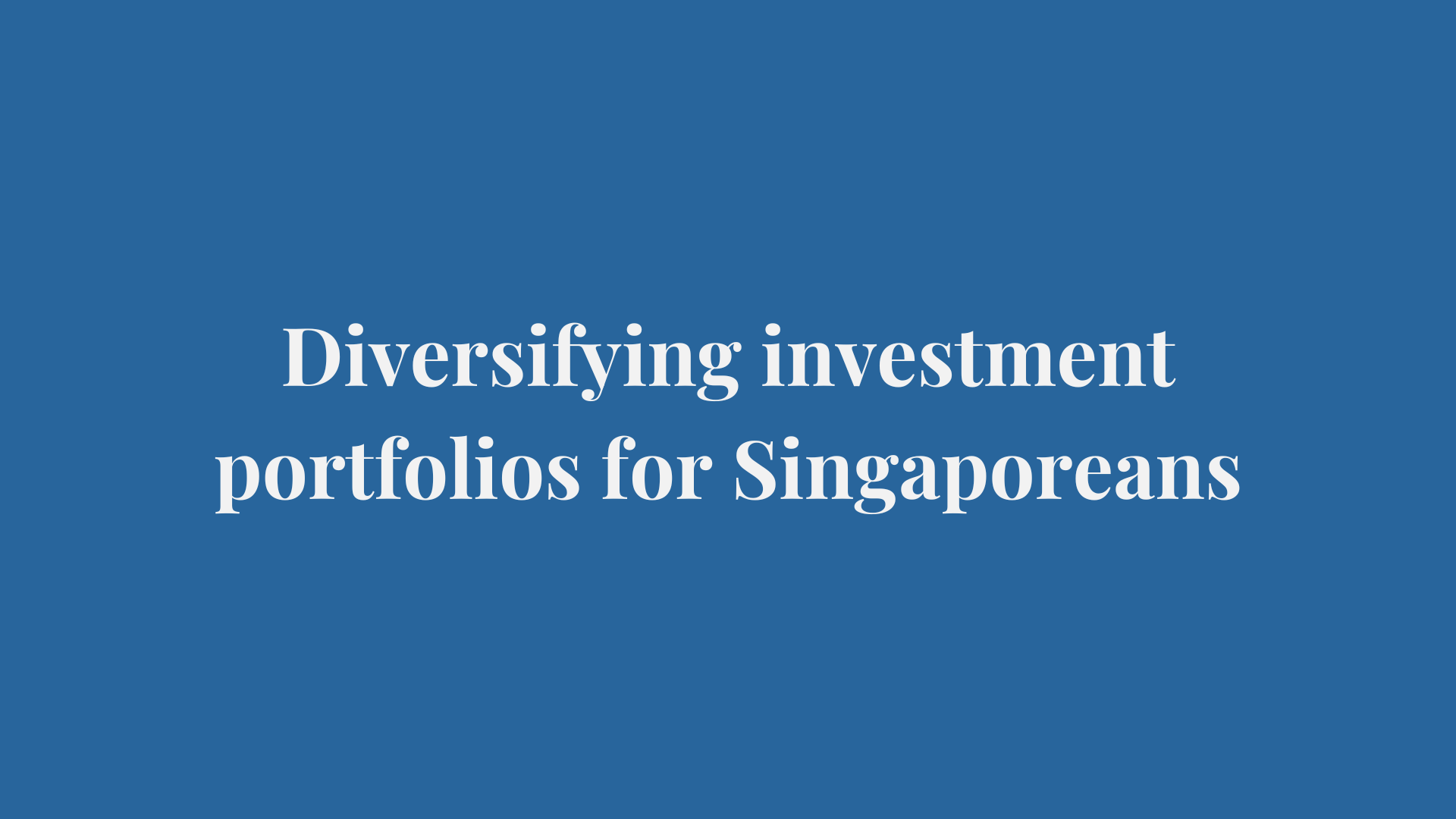Should You Work with a Fee-Based Financial Advisor? Here’s What You Need to Know
When it comes to financial planning, finding the right advisor is just as important as making the right investment choices. Many investors today are exploring fee-based financial advisors as an alternative to traditional commission-based advisors. But how do these advisors work, and is it worth paying for their services?
Let’s break down what you need to know about fee-based financial advisors, how they differ from commission-based advisors, and why fee-based planning remains less common in Singapore despite its benefits.
Why Do People Look for Fee-Based Advisors?
One of the biggest reasons investors seek out fee-based financial advisors is to eliminate sales pressure. When working with a fee-based advisor, you’re paying for professional guidance—not for buying financial products. This means the advisor’s income isn’t dependent on selling specific investments, insurance, or other financial products.
With commission-based advisors, there’s always the potential for conflict of interest, where the advisor’s recommendations might be influenced by which products offer the highest commissions. Fee-based advisors remove this concern by ensuring they are compensated only by the client, aligning their interests directly with the people they serve.
How Fee-Based Advisors Charge for Their Services
Fee-based financial advisors use different pricing structures based on how involved they are in managing your finances. Generally, these are the most common models –
Flat Fee for a Financial Plan
-
You pay a one-time fee for a customized financial plan.
-
The advisor provides you with recommendations, but it’s up to you to execute the plan.
Ongoing Advisory Fee
- You pay a recurring fee (typically annually) for the advisor to implement and manage your financial plan.
- This model includes regular reviews, investment adjustments, and financial check-ins.
The key takeaway here is that fee-based advisors charge for advice, not transactions. This allows them to focus entirely on what’s best for you, rather than what generates the highest commission.
How Are Fee-Based Advisors Different from Traditional Commission-Based Advisors?
Most financial advisors in Singapore operate on a commission-based model, which means they earn commissions from the financial products they sell, such as insurance policies and investment-linked products. While many commission-based advisors provide excellent service, their income structure creates inherent conflicts of interest.
Challenges with the Commission-Based Model
A commission-based advisor must keep selling products to maintain income. Their revenue stream is driven by –
-
Finding new clients to sell products to.
-
Selling new products to existing clients, even if they may not need them.
-
Recruiting new advisors to earn an override from their sales (common in multi-tier advisory firms).
While there are ethical and competent commission-based advisors, the fee structure itself influences behavior, often leading to –
-
Selling higher-commission products over lower-cost alternatives.
-
Encouraging clients to buy additional insurance or investment products even if they don’t need them.
-
Prioritizing transactions over long-term financial planning.
The reality is that the quality of service a client receives under this model is heavily dependent on the individual advisor’s moral compass. Some advisors successfully balance ethics and commissions, but others may prioritize their income over what’s truly in the client’s best interest.
How Fee-Based Advisors Solve These Issues
Unlike commission-based advisors, fee-based advisors earn their income mainly from client fees. This structure provides several key benefits –
-
No pressure to sell specific products – The advisor gets paid the same amount regardless of which recommendations they make.
-
No bias toward high-commission options – Investments and insurance recommendations are based purely on merit, not commissions.
-
Greater focus on financial planning – Fee-based advisors prioritize long-term strategy over one-time sales.
-
Alignment of interests – The advisor’s success depends on delivering high-quality advice, not on selling products.
Ultimately, the core difference between fee-based and commission-based advisors is how they are compensated. The former gets paid for guidance, while the latter gets paid for selling financial products.
If Fee-Based Advice is Better, Why Isn’t It More Common?
Despite its benefits, fee-based financial planning is still relatively rare in Singapore. Why?
Consumers Often Prefer “Free” Advice Over Paying Fees
Many consumers balk at the idea of paying a visible fee for financial advice, even though commission-based advisors still get paid—just in a less obvious way.
When working with a commission-based advisor, clients typically don’t realize how much they’re indirectly paying because –
-
Commissions are built into the product’s pricing, so clients don’t see the costs explicitly.
-
Fees are often hidden in long, complex documents that most clients don’t read.
-
Some products (e.g., investment-linked insurance) have high embedded fees, making them more expensive over time compared to alternatives.
In contrast, a fee-based advisor clearly states their fee upfront, which some clients perceive as an “extra” cost, even though they may end up paying more in hidden commissions with a traditional advisor.
The Commission Model is the Industry Norm
Because most financial advisors in Singapore work on a commission basis, the industry itself promotes this model. Consumers are far more likely to encounter commission-based advisors, making them the default choice simply due to visibility.
Moreover, commission-based advisors often work for large firms with strong marketing budgets, while fee-based advisors operate independently and rely more on referrals. This means many investors may never even come across a fee-based advisor unless they actively search for one.
Becoming a Fee-based Advisor is Challenging
For an advisor, transitioning to a fee-based model is difficult. The commission-based system provides –
-
Immediate income from product sales.
-
A steady stream of commissions from previously sold policies.
-
A structured career path where selling more means making more.
In contrast, fee-based advisors must –
-
Convince clients to pay for advice instead of getting “free” commission-based planning.
-
Build a reputation and client base from scratch without relying on product sales.
-
Constantly prove their value to clients, since they aren’t making money from transactions.
It’s a much tougher business model, which is why many advisors choose the easier path and stick to commissions.
So, Should You Work with a Fee-Based Advisor?
If you’re looking for truly unbiased financial advice, a fee-based advisor may be the right choice. They align their interests with yours, focus on your long-term financial well-being, and don’t rely on product sales to earn a living.
However, that doesn’t mean all commission-based advisors are bad. Some are highly ethical and prioritize their clients’ best interests despite the structural conflicts. The key is understanding how your advisor gets paid and whether that affects their recommendations.
How to Choose the Right Advisor for You
-
If you want unbiased advice and are willing to pay for professional guidance, a fee-based advisor is the better option.
-
If you prefer not to pay upfront fees and are comfortable navigating potential product bias, a commission-based advisor may still work for you.
-
If you’re unsure, ask questions about how the advisor is compensated and how they make their recommendations. A good advisor — whether fee-based or commission-based — should be transparent about their fees and willing to put your interests first.
At the end of the day, what matters most is finding an advisor you trust—one who prioritizes your financial goals over their own commissions. Understanding these differences helps you make a more informed decision about who you entrust with your wealth planning.
By shedding light on how different advisors operate, I hope this article helps you navigate the world of financial planning with greater clarity. If you like an honest second opinion on your current approach, we offer a complimentary initial consultation to offer clarity.

